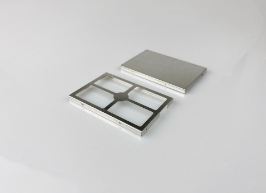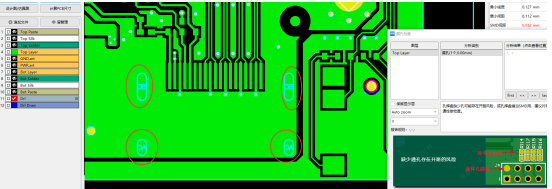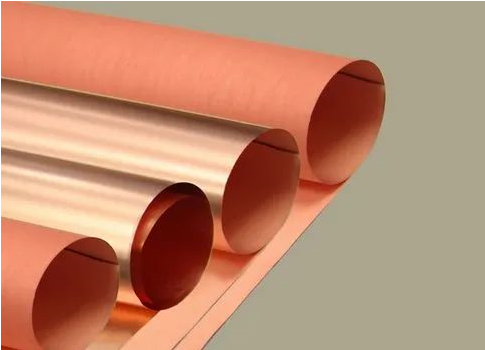Specific requirements for achieving high precision of PCB circuit boards
PCB high precision is not a simple matter. It puts forward higher standards for the equipment and operator experience of enterprises, and it is also an important problem that cannot be avoided in production technology. Today, let’s talk about what conditions we need for high precision of PCB circuit boards?
High precision of circuit boards refers to the use of fine line width/spacing, micro-holes, narrow ring width (or no ring width) and buried and blind holes to achieve high density. High precision means that the result of “fine, small, narrow, and thin” will inevitably bring high precision requirements. Take line width as an example: 0.20mm line width, according to regulations, 0.16~0.24mm is qualified, and its error is (0.20 soil 0.04)mm; and 0.10mm line width, similarly, its error is (0.1±0.02)mm. Obviously, the latter has doubled its accuracy, and it is not difficult to understand by analogy, so high precision requirements are no longer discussed separately. But it is a prominent problem in production technology.
Fine wire technology
In the future, the high-fine wire width/spacing will be from 0.20mm-0.13mm-0.08mm-0.005mm to meet the requirements of SMT and multi-chip package (MCP). Therefore, the following technologies are required.
① Substrate
Use thin or ultra-thin copper foil (<18um) substrate and fine surface treatment technology.
② Process
Use thinner dry film and wet film lamination process. Thin and high-quality dry film can reduce line width distortion and defects. Wet film lamination can fill small air gaps, increase interface adhesion, and improve wire integrity and precision.
③ Electrodeposited photoresist
Use electro-deposited photoresist (ED). Its thickness can be controlled in the range of 5~30/um, which can produce more perfect fine wires, especially for narrow ring width, no ring width and full board electroplating. At present, there are more than ten ED production lines in the world.
④Parallel light exposure technology
Parallel light exposure technology is used. Since parallel light exposure can overcome the influence of line width variation caused by the oblique light rays of the “point” light source, fine wires with precise line width and smooth edges can be obtained. However, parallel exposure equipment is expensive, requires high investment, and requires working in a high-cleanliness environment.
⑤Automatic optical detection technology
Automatic optical detection technology is used. This technology has become an essential means of detection in the production of fine wires and is being rapidly promoted, applied and developed.







